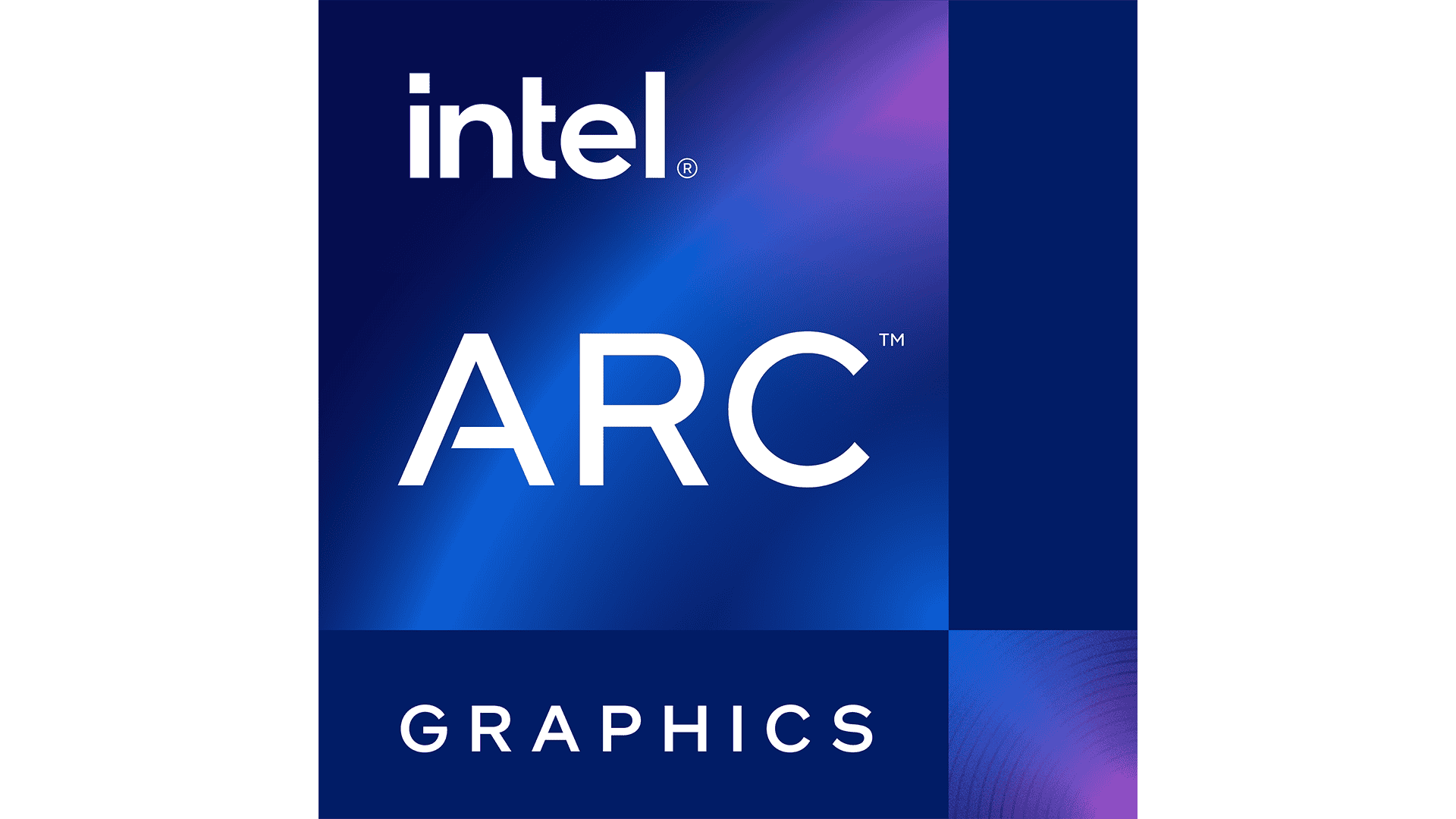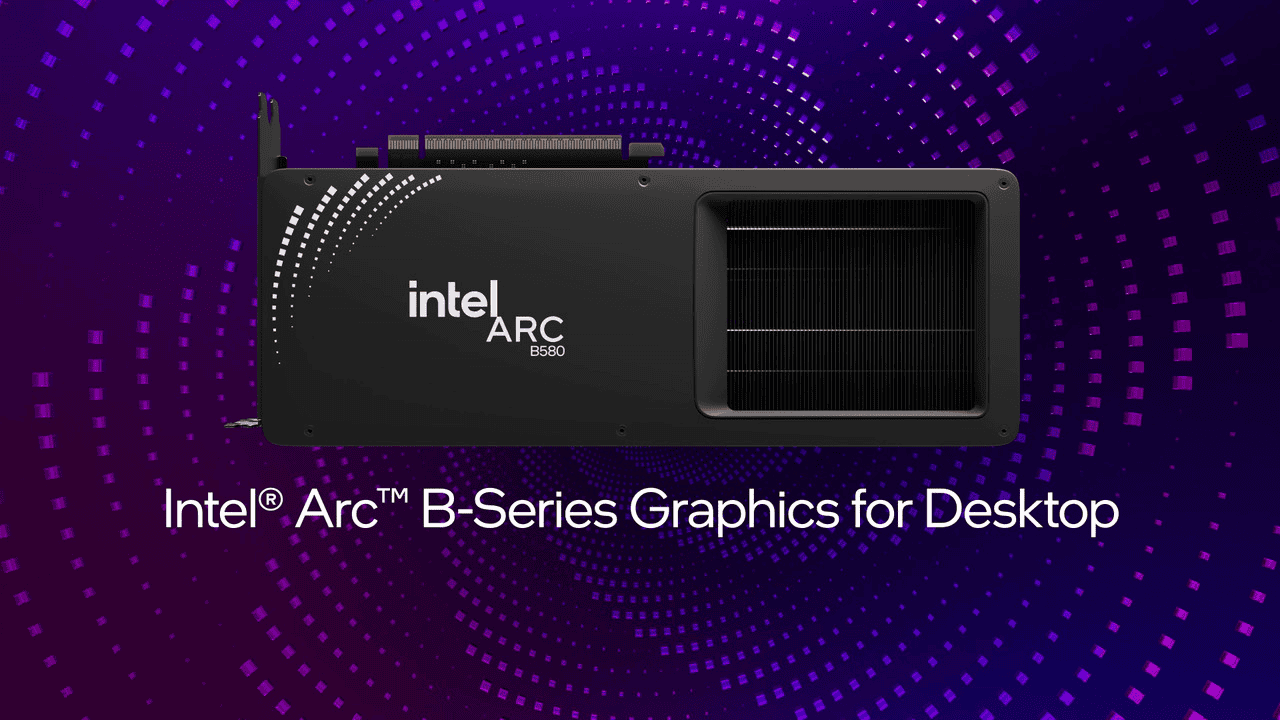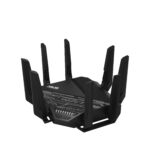Intel has unveiled its latest graphics card, the Arc Battlemage B570. This new GPU aims to provide affordable performance for mainstream gamers. The Intel Arc B570 will be available on January 16th, 2025, with a price tag of $219, making it an attractive option for budget-conscious PC enthusiasts.
The B570 is part of Intel’s new Battlemage architecture, which promises improved performance over previous generations. It features Intel Xe Matrix Extensions (XMX) AI engines, designed to accelerate AI workloads. This technology could enhance gaming experiences and boost productivity in AI-related tasks.
Gamers looking for a capable GPU without breaking the bank may find the B570 appealing. Its competitive pricing positions it as a strong contender in the budget GPU market. The card’s release also signals Intel’s continued commitment to challenging established players in the graphics card industry.

Arc Battlemage B570: Intel’s Midrange GPU Contender
Intel’s Arc Battlemage is the second generation of their discrete graphics cards. It follows the Alchemist series and aims to compete with NVIDIA and AMD in the GPU market. The Arc Battlemage B570 is a midrange graphics card in this series.

B570 Specifications
The B570 features 16 Xe Cores. These are the building blocks of Intel’s graphics architecture. It also has 16 ray tracing units. Ray tracing creates realistic lighting and reflections in games. The card has a game clock of 2200 MHz. This clock speed affects performance. It comes with 8GB of GDDR6 memory. This is standard for midrange graphics cards in this generation. The memory has a 128-bit bus and runs at 16 Gbps. This impacts how much data the card can access. The card uses a PCIe Gen 4 interface. This is the latest standard for connecting graphics cards to a motherboard.
| Specification | Value |
|---|---|
| Architecture | Battlemage |
| Xe Cores | 16 |
| Ray Tracing Units | 16 |
| Game Clock | 2200 MHz |
| Memory | 8GB GDDR6 |
| Memory Bus | 128-bit |
| Memory Speed | 16 Gbps |
| PCIe Interface | Gen 4 |

Performance and Positioning
The B570 targets the midrange market. It competes with cards like the NVIDIA GeForce RTX 4060 and AMD Radeon RX 7600 XT. These cards offer similar performance at similar price points. The B570 is a good choice for gamers who want to play games at 1080p or 1440p resolution. It can run most games smoothly with high settings. The card also supports modern features like ray tracing and XeSS. XeSS is Intel’s upscaling technology that can improve performance.

Availability and Price

The B570 and other Battlemage GPUs launched in the third quarter of 2023. You can find them in pre-built PCs and laptops. Intel also sells them as standalone cards. The B570 has a suggested retail price of $229. This makes it a competitive option in the midrange market.
Where To Buy
You can find the Arc lineup of GPUs at Amazon, BestBuy, Microcenter, Newegg, and other major retailers:
https://www.bestbuy.com/site/promo/intel-arc
https://www.microcenter.com/site/content/intel-arc-graphics.aspx
https://www.newegg.com/intelarc
Other GPUs in the Battlemage Lineup
Intel has other GPUs in the Battlemage lineup. The B760 is a higher-end card with more Xe Cores and ray tracing units. It offers better performance but costs more. Intel also has lower-end cards like the B530. These cards are less powerful but more affordable.
Intel Arc Control Software

Intel Arc Control is a software that comes with Arc graphics cards. It lets you customize your graphics settings. You can adjust performance, monitor temperatures, and update drivers. Arc Control also has features like Creator Studio and Performance Tuning. Creator Studio helps with content creation tasks. Performance Tuning lets you overclock your graphics card. Overclocking can improve performance but may void your warranty.
Key Takeaways
- The Intel Arc B570 offers mainstream gaming performance at an affordable $219 price point
- Intel’s new Battlemage architecture introduces AI acceleration capabilities to budget GPUs
- The B570’s January 16th release date gives budget-conscious gamers a new option to consider
Overview and Specifications
Intel’s Arc B570 graphics card offers compelling performance for mainstream gamers. This new GPU brings improved capabilities and features compared to previous generations.
Arc B570 and B580 Comparison
The Intel Arc B570 is positioned as a mid-range option in Intel’s new GPU lineup. It sits below the higher-end B580 model. The B570 features slightly lower clock speeds and fewer Xe cores than its bigger sibling.
Key differences include:
- B570: 2500 MHz max clock, 16 Xe cores
- B580: 2670 MHz max clock, 20 Xe cores
Both cards utilize GDDR6 memory and support PCIe 4.0 interfaces. The B570 targets 1080p gaming performance, while the B580 aims for 1440p gameplay.
Performance Metrics
The Arc B570 delivers solid frame rates at 1080p resolution in modern games. Early benchmarks suggest it competes well with similarly priced options from NVIDIA and AMD.
Key performance highlights:
- Smooth 60+ FPS in most AAA titles at 1080p high settings
- Ray tracing support for enhanced lighting effects
- AI-powered upscaling for improved image quality
The B570’s Xe Matrix Extensions (XMX) AI engines enable acceleration of AI workloads. This can boost performance in content creation tasks and some games.

Memory and Bandwidth
Intel equipped the Arc B570 with 8GB of GDDR6 memory. This provides ample frame buffer for 1080p gaming and light 1440p use. The memory runs on a 128-bit bus.
Memory specifications:
- 8GB GDDR6
- 256 GB/s memory bandwidth
- 128-bit memory interface
The generous memory allocation ensures the B570 can handle textures and assets in modern games without bottlenecks. The card’s memory bandwidth allows for quick data transfers between the GPU and VRAM.
Technological Innovations
The Intel Arc Battlemage B570 introduces cutting-edge features for enhanced gaming experiences. These innovations span ray tracing capabilities, AI-powered upscaling, and improved frame generation techniques.
Ray Tracing and AI Upscaling
The B570 GPU incorporates advanced ray tracing technology. This feature enables realistic lighting, shadows, and reflections in games. Intel’s XeSS 2 AI upscaling algorithm complements ray tracing performance.
XeSS 2 uses AI to upscale lower resolution images to higher resolutions. This process maintains image quality while boosting frame rates. The B570’s XMX AI engines accelerate these AI workloads.
Games like Cyberpunk 2077 and The Witcher 3 benefit from these technologies. They showcase improved visual fidelity and smoother gameplay.

Frame Generation and Latency Reduction
Intel’s frame generation technology aims to increase frame rates in supported games. This feature interpolates new frames between rendered ones, creating a smoother visual experience.
Latency reduction techniques minimize input lag. These improvements are particularly beneficial for competitive games like Counter-Strike 2 and Dota 2.
The B570 utilizes GDDR6 memory and the Xe2 architecture. These components contribute to overall performance gains and reduced latency in gaming scenarios.
Market Positioning and Competition
Intel positions the B570 as a value-oriented GPU option. It competes with offerings from Nvidia and AMD in the mid-range market segment.
The B570 is priced at $219, targeting budget-conscious gamers. Intel claims “best-in-class performance per dollar” for this GPU model.
Benchmarks in popular titles like Forza Motorsport and League of Legends will be crucial. They will determine how the B570 stacks up against competitors in real-world gaming scenarios.
The GPU supports modern APIs like Vulkan. This compatibility ensures broad game support and potential performance advantages in optimized titles.







